
Manufacturing of Cement By Dry and Wet Process Expert
In the dry process, the raw materials mixed, fined, and then fed into kiln whereas, in the wet process, the raw materials are crushed separately and then directly mixed in correct proportion in the presence of water to make a fine thin paste known as Slurry Must Read Other Powerful Articles Properties of Cement Types of Cement What is dry process and wet process of cement manufacturing? In the dry process, the raw materials mixed, fined, and then fed into kiln whereas, in the wet process, the raw materials are crushed separately and then directly mixed in correct proportion in the presence of water to make a fine thin paste known as SlurryWhat is dry process and wet process of cement There are two different processes for manufacturing cement wet process minerals are wet ground (by adding water) to form a slurry and then dried, dry process minerals are dry ground to form a powderlike substance Both the processes are in use and Difference Between Wet And Dry Process Of Cement

wet and dry process of manufacturing cement
Dry and wet process of manufacture of cementHenan 116 Portland Cement Manufacturing US EPA primarily for decorative purposes Portland cement manufacturing plants are part of hydraulic cement manufacturing, which also includes natural, masonry, and pozzolanic cement The sixdigit Source Classification Code (SCC) for portland cement plants with wet process kilns is 305 Following 5 difference between the wet and dry process of manufacturing of Portland cement are described below: Dry Process 1 This method is adopted when the raw materials are hard 2 The quality of cement prepared by this method is inferior 3 The dry process is slow, difficult and costly 45 Difference Between The Wet And Dry Process of Download Citation Comparison of Wet Process and Dry Process of Cement Manufacturing with Advantages and Disadvantages In this paper we are discussing wet Comparison of Wet Process and Dry Process of Cement

What is Portland cement process of Manufacturing,Dry
The following flow sheet shows the details of the wet process in the manufacture of cement – The dry process for manufacturing In this process, the raw materials dried and ground to a fine powder by grinding mill The dry powder is then further blende and corrected for its right composition and mixed by means of compressed air The cement manufacturing is done majorly by two methods known as wet process and dry process depending on their mixing is done with water or without water The wet process of cement manufacturing too popular for several decades because of the possibility of more accurate control while raw material mixingWet Process Of Cement Manufacturing Of Cement By 2 天前 In dry and semi dry processes for manufacturing of cement, the raw materials are crushed and fed in the correct proportions into a grinding mill The raw materials are dried and reduced in size to a fine powder in to grinding mill The dry powder is called the raw meal The raw meal is pumped into a blending siloDry Process for Manufacturing of Cement GharPedia
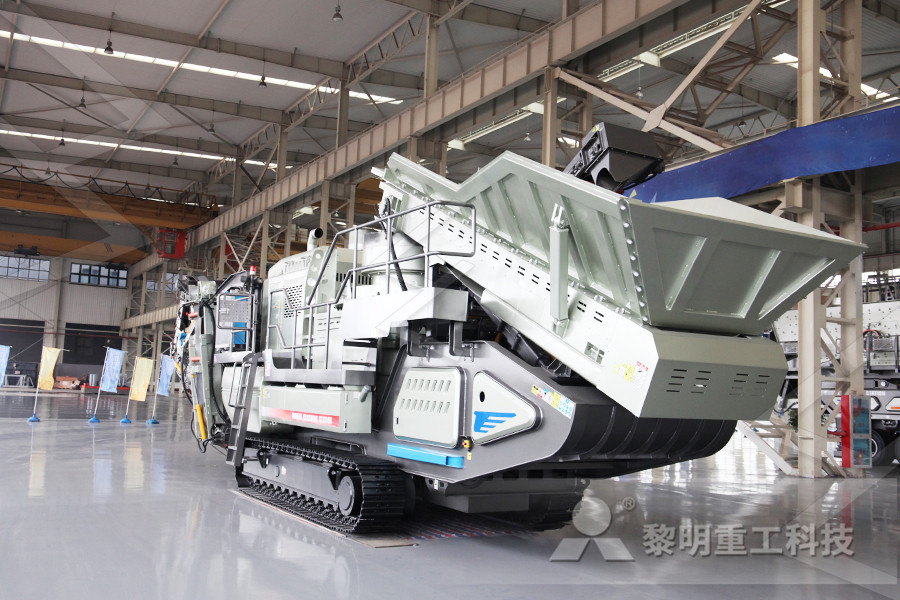
dry process cement Britannica
Other articles where dry process is discussed: cement: Manufacture of cement: are known as the wet, dry, and semidry processes and are so termed when the raw materials are ground wet and fed to the kiln as a slurry, ground dry and fed as a dry powder, or ground dry and then moistened to form nodules that are fed to the The wet process of cement manufacturing involves adding water to finely crushed raw material, such as limestone, clay or iron ore, in a proportion of 35 to 50 percent water to 50 to 65 percent raw material to make a slurry that is fed into a cement kiln, whereas no water is added in the dry process Instead, the raw material is fed into the kiln in its dry stateWhat Are the Differences Between the Wet and Dry Must Read: Dry Process For Manufacturing of Cement When lime stone is used, first blast it, then crushed in two progressively smaller crushers and then fed into a ball mill with the clay dispersed in water The resultant slurry is pumped in to storage tanks The slurry is a creamy consistency liquid with 35 to 50 percent water content and some Wet Process for Manufacturing of Cement GharPedia

Manufacture of Portland Cement Materials and
Fig: Manufacture of Cement by Dry Process b) Wet Process The raw materials are firstly crushed and made into powdered form and stored in silos The clay is then washed in washing mills to remove adhering organic matters found in Manufacturing Of Cement by any one of the two methods : (i) Dry process, and (ii) Wet process In both these processes the three distinct operations of (a) Mixing, Ball mill (b) Burning, Rotary kiln and (c) Grinding are carried out 1 Dry processThree Quick Tips For Manufacturing Of Cement Building Concrete Technology/ Ch1 Dr Basil Salah ٦ Comparison between wet and dry process Wet process Dry process 1 Moisture content of the slurry is 3550% 1 Moisture content of the pellets is 12% 2 Size of the kiln needed to manufacture the cement is biggerManufacture of Portland cement University of
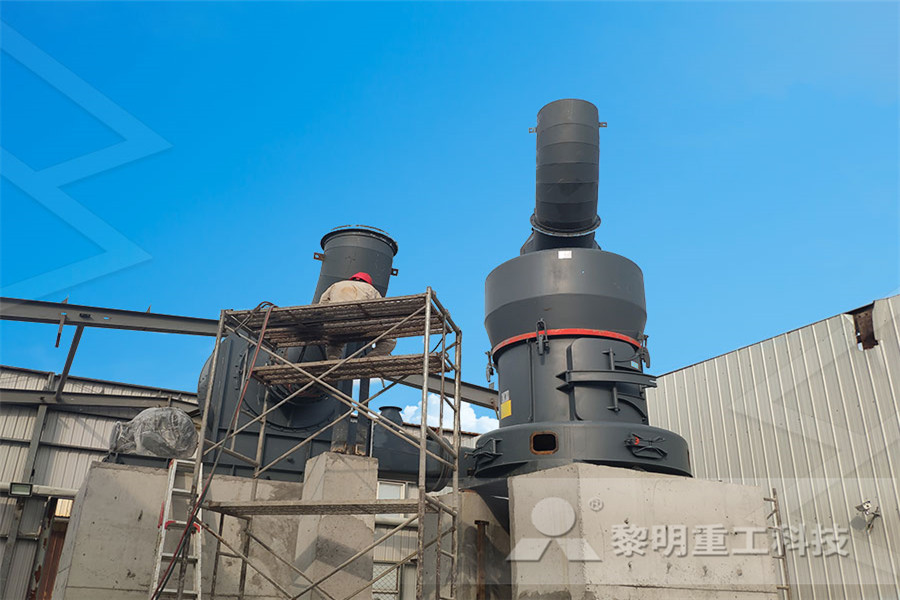
(PDF) Cement Manufacturing ResearchGate
Figure (5): The Wet process of cement (Mahasenan, etal 2008) 42 Semidry process It example to dr y process and uses a L epol kiln : in the lepol kiln the pellets are dried and The study evaluates the energy consumption of both wet and dry processes cement manufacturing plant in Nigeria Enrgy consumption data collected for the period 2003 to 2011 were used to estimate the energy Energy and Cost Analysis of Cement Production Other articles where dry process is discussed: cement: Manufacture of cement: are known as the wet, dry, and semidry processes and are so termed when the raw materials are ground wet and fed to the kiln as a slurry, ground dry and fed as a dry powder, or ground dry and then moistened to form nodules that are fed to thedry process cement Britannica
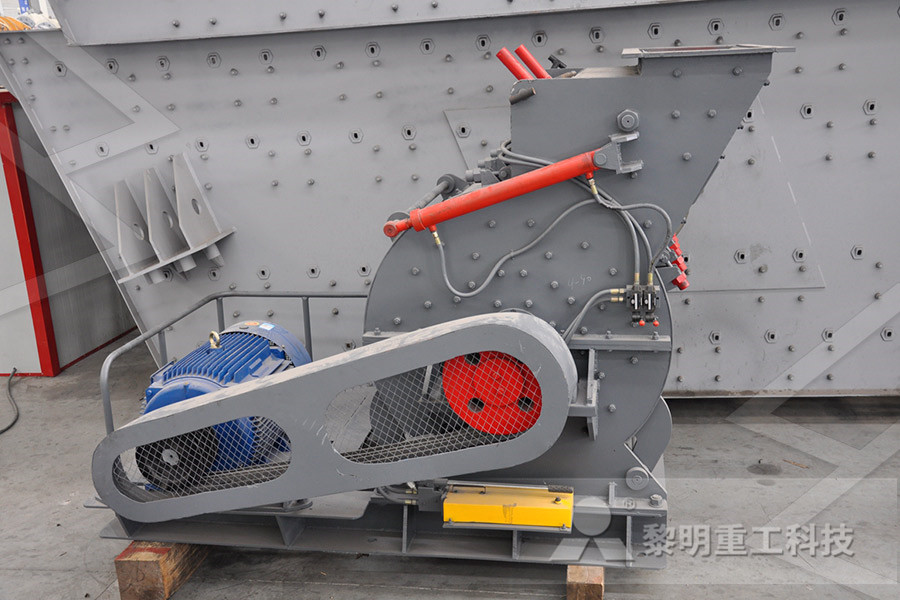
Cement Manufacturing Process Sanghi cement
Cement manufacturing process involves various raw materials and processes Cement is a greenish grey coloured powder, made of calcined mixtures of clay and limestone When mixed with water becomes a hard and strong building materialIt was first introduced by a British stone mason, Joseph Aspdin in 1824, who cooked cement in his kitchen He heated [] Manufacture of Portland Cement The wet process : The clay is mixed to a paste in a washmill a tank in which the clay is pulverised in the presence of water Crushed lime is then added and the whole mixture further ground Any material which is too coarse is extracted and reground The slurry is then tested to ensure that itCement : Manufacture, Chemical Composition, Heat of Solution for explain wet and dry process in manufacturing of cement which process is more environment friendly and economical, explain with strong reasoningAnswered: explain wet and dry process in bartleby
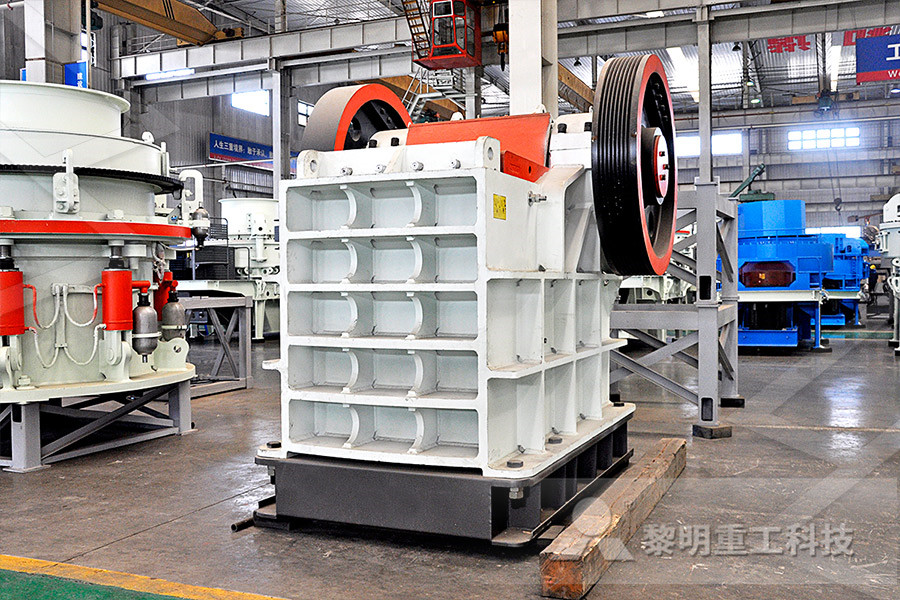
CEMENT MANUFACTURING PROCESS AND ITS
This process was especially evolved to counter the main drawback of the wet process ie high fuel consumption In this process, the raw materials ground in dry condition are homogenized and then nodulised in a pan Figure (5): The Wet process of cement (Mahasenan, etal 2008) 42 Semidry process It example to dr y process and uses a L epol kiln : in the lepol kiln the pellets are dried and(PDF) Cement Manufacturing ResearchGate In this article, you can know about Details about wet process of manufacturing cement and is advantages and disadvantages lcetedDETAILED WET PROCESS OF CEMENT MANUFACTURING
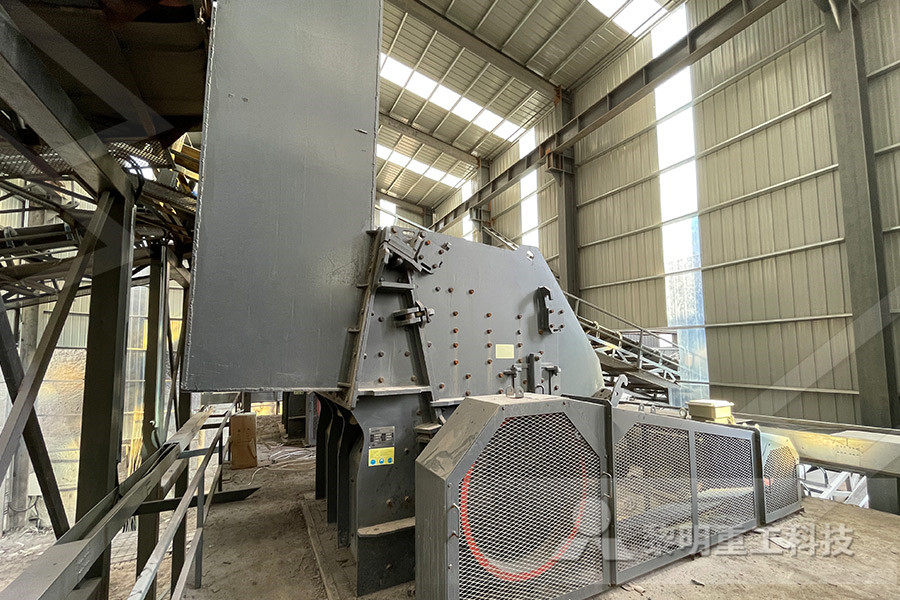
(PDF) Energy and Cost Analysis of Cement
The study evaluates the energy consumption of both wet and dry processes cement manufacturing plant in Nigeria Energy consumption data collected for the period 2003 to 2011 were used to estimate Manufacturing Of Cement by any one of the two methods : (i) Dry process, and (ii) Wet process In both these processes the three distinct operations of (a) Mixing, Ball mill (b) Burning, Rotary kiln and (c) Grinding are carried out 1 Dry processThree Quick Tips For Manufacturing Of Cement Building esses respectively Furthermore, the average total energy cost of production showed that wet process is approximately 40% more cost intensive in cement production than the dry process while at the same time it is cost effective to run production on energy through gas powered plant than the national gridEnergy and Cost Analysis of Cement Production Using
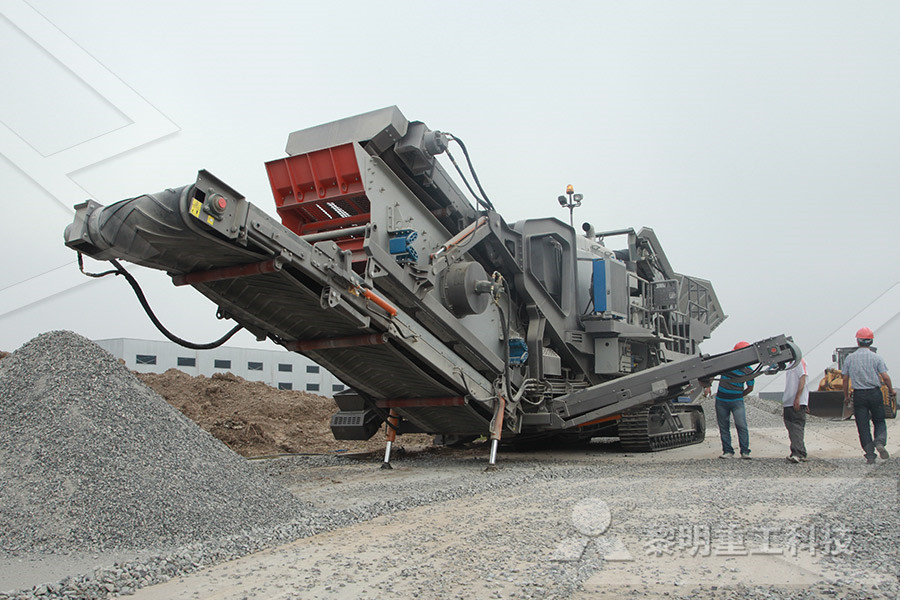
Manufacture of Portland Cement Materials and
Fig: Manufacture of Cement by Dry Process b) Wet Process The raw materials are firstly crushed and made into powdered form and stored in silos The clay is then washed in washing mills to remove adhering organic matters found in Other articles where wet process is discussed: cement: Manufacture of cement: manufacture are known as the wet, dry, and semidry processes and are so termed when the raw materials are ground wet and fed to the kiln as a slurry, ground dry and fed as a dry powder, or ground dry and then moistened to form nodules that are fed towet process cement Britannica Concrete mixer truck will transport concrete to the construction site Actually, it’s function is indeed a concrete batching machine Wet batch plant has mixing engine, it is with wide range of application in mediumscale The Difference Between Dry and Wet Batch
- nuevo de arena que hace la máquina
- precio de una molino de bolas usados
- mprar diseño para molinos de piedra venta
- trituradora impacto del
- Proveedor LM Molino de bolas de piedra en Brasil
- tanque de flotación en la minería r
- yeso canada molino molino
- de mantenimiento molino de bolas evitar la rotación r
- mini maquina trituradora precios en la india
- unidad de fabricación de arena robo en venta
- esquema de produccion de una planta chancadora
- piedra mandíbula móvil trituradora de equipos r
- chancadoras de mand bula placa dura r
- molinos de precios para la molienda de cacao torta de
- Trituradora Movil De Ferrocarril Ballsat
- mealie harina de molienda de la maquina
- fs180 trituradoras de la maquina
- a la maquina de la mineria del oro del mineral de las toneladas hr r
- impacto de la bomba de trituradora
- alta eficiencia de sbordamiento bola mojada precio molino r
- planta de trituración de piedra en venta en australia r
- Silimanita Trituradora En Sudafrica r
- ce ción diseño de la trituradora de la planta dibujos
- fucion de una trituradora de no en mineria
- Tostado De Sulfuros De Antimonio r
- utiliza la piedra de granito trituradora
- venta de trituradoras de 2 hp peru
- que es la molienda de la barita
- chancadora de piedra movil maldonadonota 3 r
- de piedra y grava trituradora r